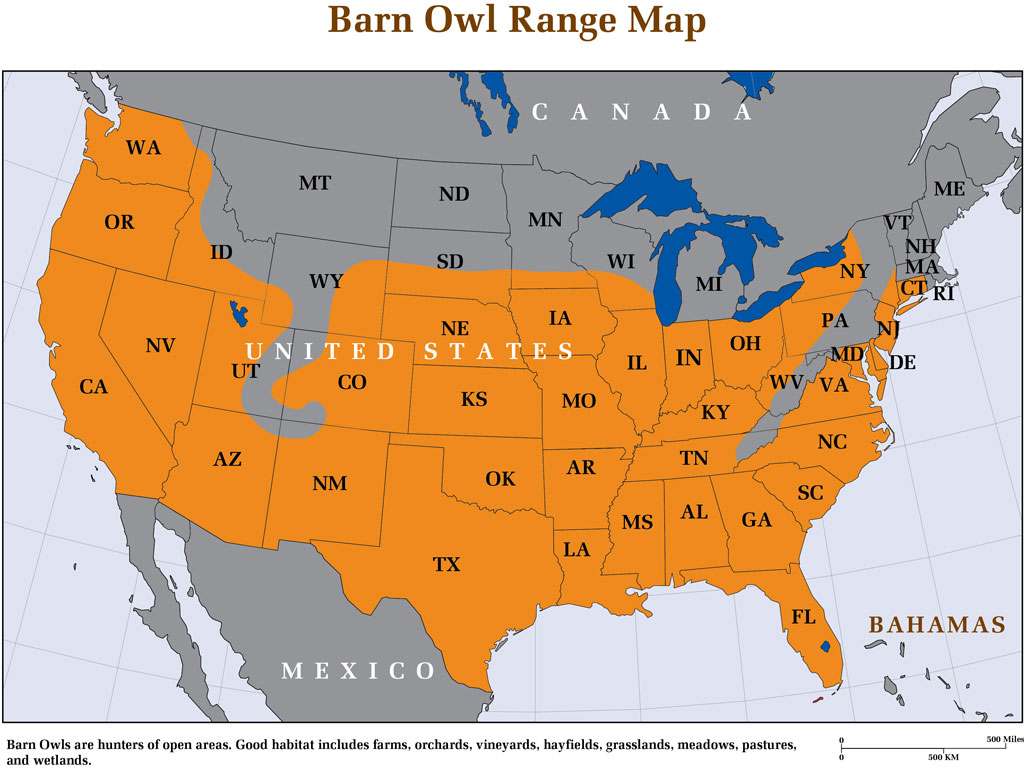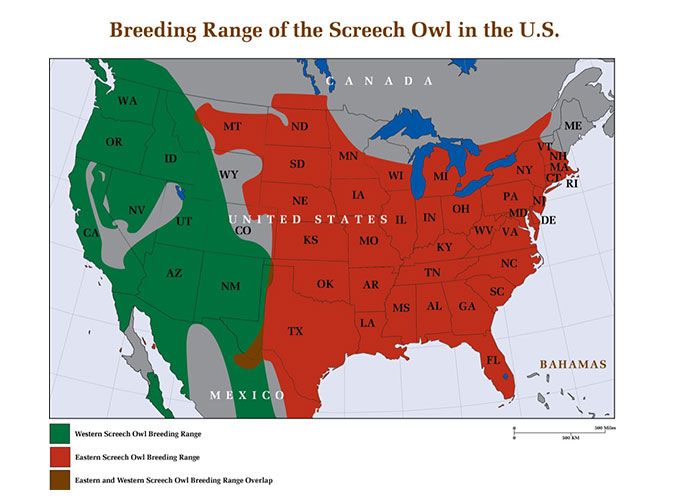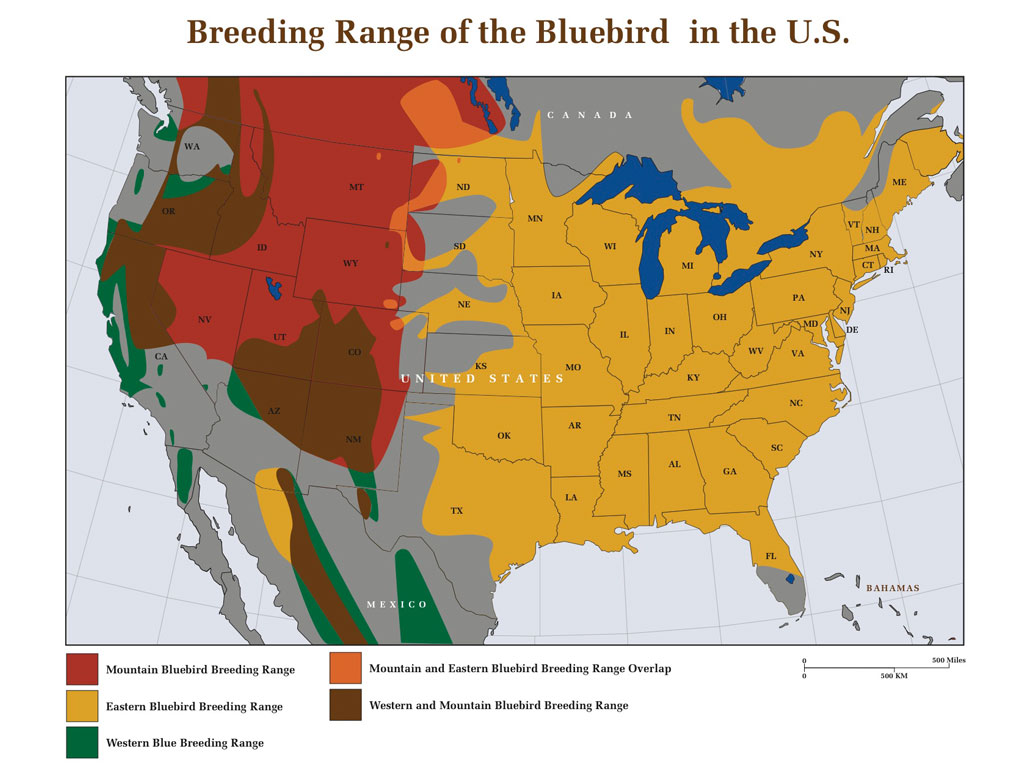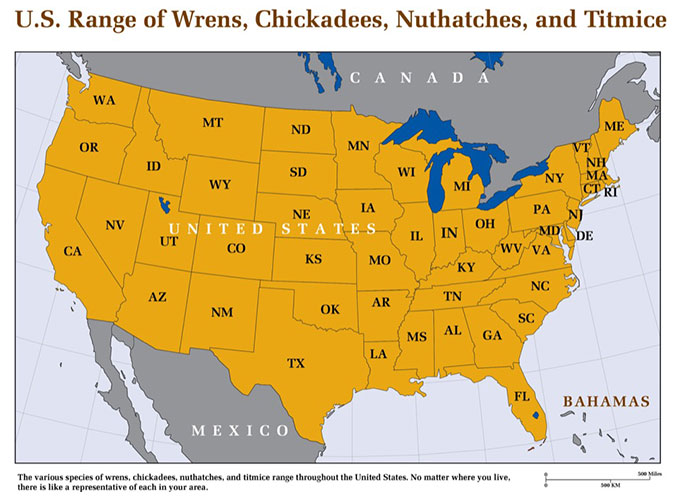Free Shipping to the Contiguous United States
Colorado Barn Owls
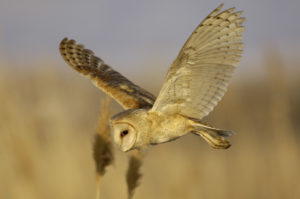
Barn Owls in Colorado
Barn owl numbers are good in the prairies and grasslands of eastern Colorado and in the valleys and scrub lands of the western part of the state. They nest in cottonwoods, hay bales, riverbanks, culverts, old mines, and even excavate their own nesting burrows in sandstone cliffs. They do well near fields of alfalfa and row crops as well as on the grassy plateaus at 5000 to 6500 feet. The central part of the state is dominated by the Rocky Mountains where barn owls are rare to nonexistent. Open field hunters, barn owls typically avoid forested areas and high altitudes.
Barn Owl Prey in Colorado
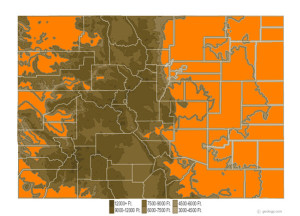
As in many arid western states, the kangaroo rat, an inhabitant of dry scrub and desert, is an important prey. Named for their habit of hopping along on their two hind legs, kangaroo rats are natural denizens of arid areas and provide a staple food for barn owl populations. However, in the agricultural areas, with large orchards of peaches and apples, barn owls concentrate on vole and gopher populations that are always attracted to fruit farms. Cattle remains Colorado’s largest agricultural enterprise, and on cattle farms, barn owls will likely find house mice and Norwegian rats to be the most common prey.
Barn Owls Digging their own Burrows
It was in New Mexico in 1973 when a researcher (Martin) witnessed barn owls excavating their own nesting burrow in an arroyo wall. Later, in 1978, two researchers (Millsap and Millsap), conducted more extensive research on this phenomenon in Colorado. They found that barn owls preferred to dig their own burrows over occupying already existing nest boxes even though it took a lot more effort. Burrows were typically dug directly into the hillside ending in a round hollow where the eggs were laid. Burrows took between five and nine nights to excavate. The researchers concluded that the burrows into the earth provided a survival advantage over other types of nest sites: they were cooler during the heat of the day, and provided more protection from predators.

